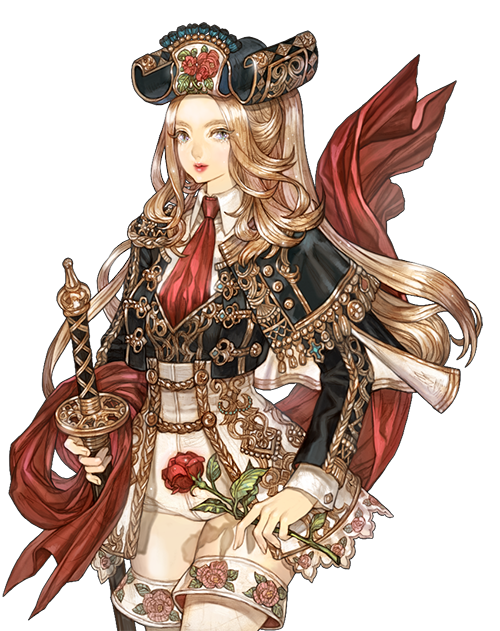The Lore You Know: Matador
By STAFF_Letitia
Mar 2nd, 2018

The Matador is the star performer in bullfighting, using both a cape and sword to bring down a raging bull. This spectacle is one of the most well-known but also one of the most controversial customs of Spanish culture. However, today we will simply take a look at the history of the Matador -- to see how this practice came into existence and how the role of the Matador is reflected in our game.
It’s possible that the first recorded bullfight may have been from the Epic of Gilgamesh, where Gilgamesh dreams that he and his friend Enkidu stalked and hunted the Bull of Heaven and offered its heart to the sun god, Shamash. This act was a form of bull worship and animal sacrifice common in Mesopotamia and the Mediterranean region and is where bullfighting can trace its roots. Then it was seen again in the amphitheaters of Rome, where there were many human verses animal events during the rule of Emperor Claudius as a substitution for the short-lived ban on gladiatorial combat. Later in Medieval Spain, bullfighting was seen as a noble sport reserved only for the rich. And, while Spanish colonist took the practice of breeding cattle to the American colonies, the Pacific and Asia, areas of southern and southwestern France developed their own style of bullfighting.

The practice of fighting the bull on foot and with the flourishing of a cape and sword was developed by the matador, Francisco Romero, in Spain in 1726. During this time he introduced the world to the muleta, a stick with a red cloth hanging from it that is used during the third stage of bullfighting to hide the matador’s sword. The muleta is used to attract the bull through a series of passes. But it was the matador, Juan Belmonte, in 1914 who upped the ante and introduced the modern practice of skillfully using the muleta to get even closer to the bull’s horns than matadors before him had ever dared to do. From then on forward, matadors stopped using footwork to escape injury and risked their lives by letting the horns just barely glide past them as they directed the bull with the use of the muleta.

Now it is important to note that the muleta is different from the capote. The capote is magenta on one side and yellow on the other. It weighs between seven and nine pounds and will stand upright like a pyramid when placed on the ground in the right way. As mentioned before, while the muleta is used during the final stages of the bullfight, the capote is used during the “opening passes” where the bull enters the arena and the matador teaches the bull to follow the cape. If the passes done by the matador impresses the crowd, they will be rewarded with shouts of "Ole!"

Although bullfighting is controversial, it is still considered an art form, a tradition, and a highly ritualized cultural event. The matadors work to create an emotional connection with the audience and execute various formal moves during the fight that have not only meaning but also names that allude to the matador’s specific style and school of training. Bullfighting is indeed a spectacle and our Matador class entices us with their agile movements and impressive skills.
References
The Editors. 2006. Encyclopaedia Britannica. Juan Belmonte. [Online.]
Spanish Fiestas. Bullfighting History. [Online]
Conrad, Barnaby. 2009. Encyclopaedia Britannica. Matador. [Online]
Wikipedia, 2018. Muleta. [Online]
Wikipedia, 2018. Bullfighting. [Online]
Across Europe. Bullfighting: Having Roots in Ancient Rome. [Online]
